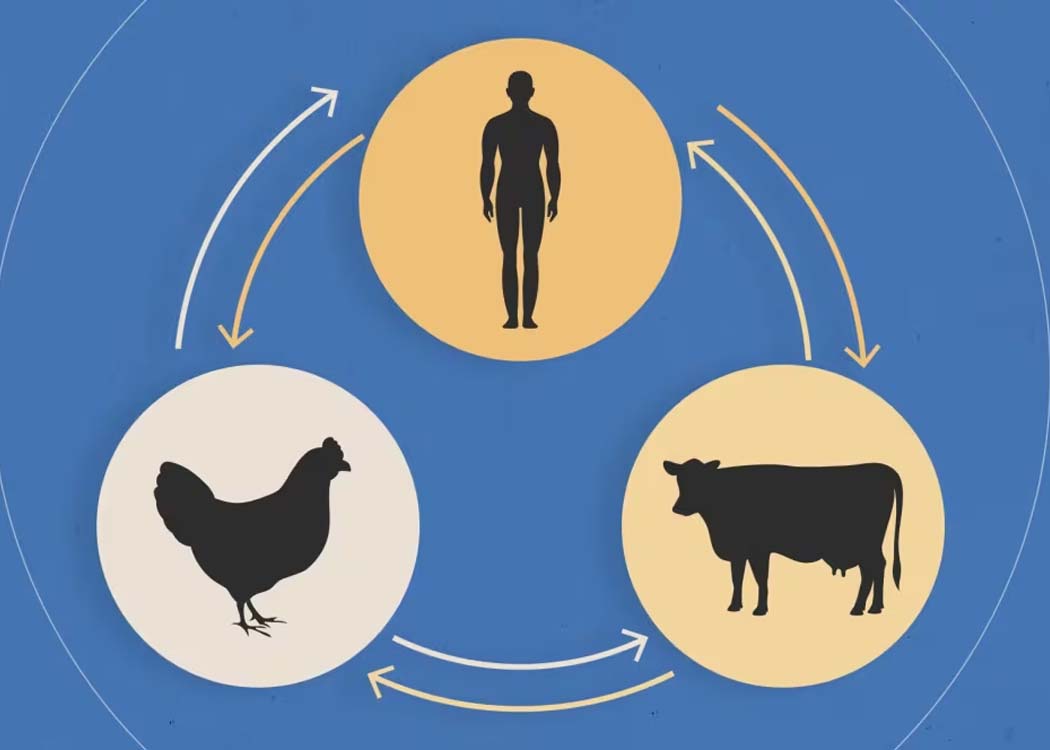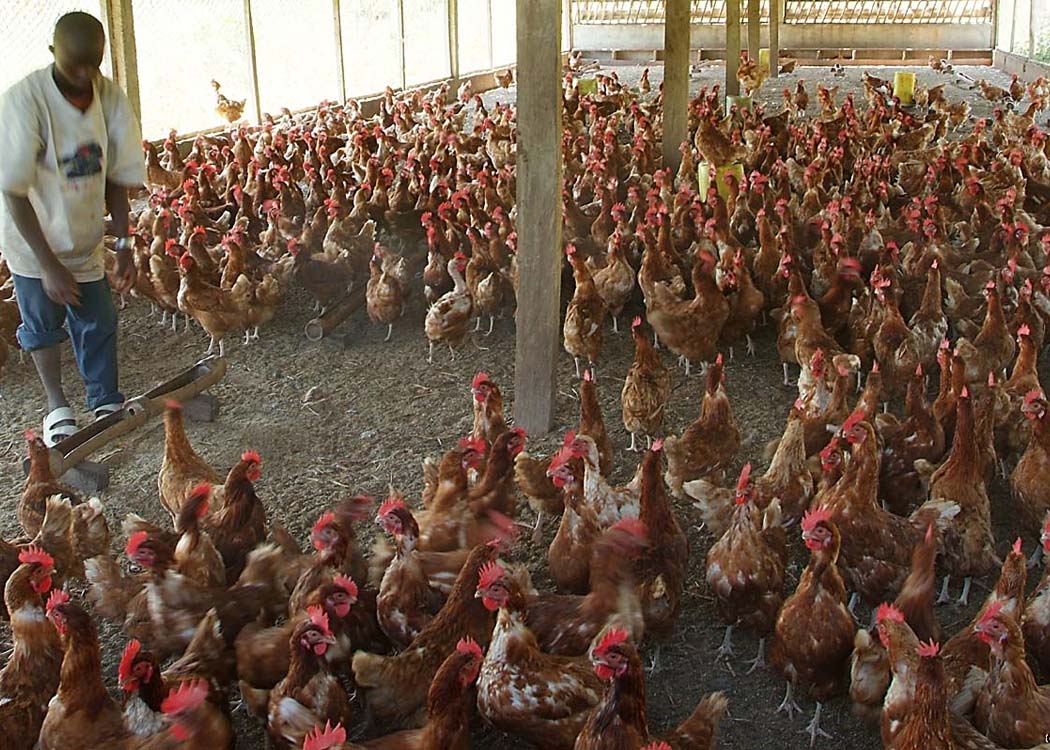CDC confirms 70 human cases and one death linked to H5 bird flu since 2024, urges ongoing monitoring as virus spreads in poultry and dairy herds.
H5N1 bird flu, also known as highly pathogenic avian influenza (HPAI), continues to circulate widely in wild birds, poultry, and dairy cattle across the United States — with 70 confirmed human cases and one death reported since 2024, according to the US Centers for Disease Control and Prevention (CDC).
📊 Current situation in the US
Of the total cases, 41 were linked to dairy herds, 24 to poultry farms and culling operations, 2 to other animals such as backyard flocks and wild birds, and 3 cases where the source could not be identified. Louisiana reported the nation’s first death from H5 bird flu.
🧪 Ongoing surveillance and testing
CDC reports that more than 210,000 specimens have been tested since February 2024 to monitor for H5 and other novel influenza viruses. Over 18,700 people who were exposed to infected animals have been monitored, and more than 880 individuals have been tested through targeted surveillance programs.
😷 Human-to-human transmission remains absent
At this time, there is no evidence of person-to-person spread of H5N1 in the US. Public health experts maintain that the overall risk to the general public remains low, but continued vigilance is critical.
🔍 Changes to reporting
As of July 7, 2025, CDC has streamlined H5N1 updates by integrating them with routine influenza reporting. Human case updates will continue to be published in FluView, while USDA remains the source for animal outbreak data.
🧾 Key takeaway
While the risk to the public is low, H5N1 bird flu remains a concern due to its potential to evolve. Health officials encourage individuals with exposure to poultry or dairy cattle to practice strict biosecurity measures and report symptoms such as fever, cough, or eye redness to their healthcare provider promptly.






